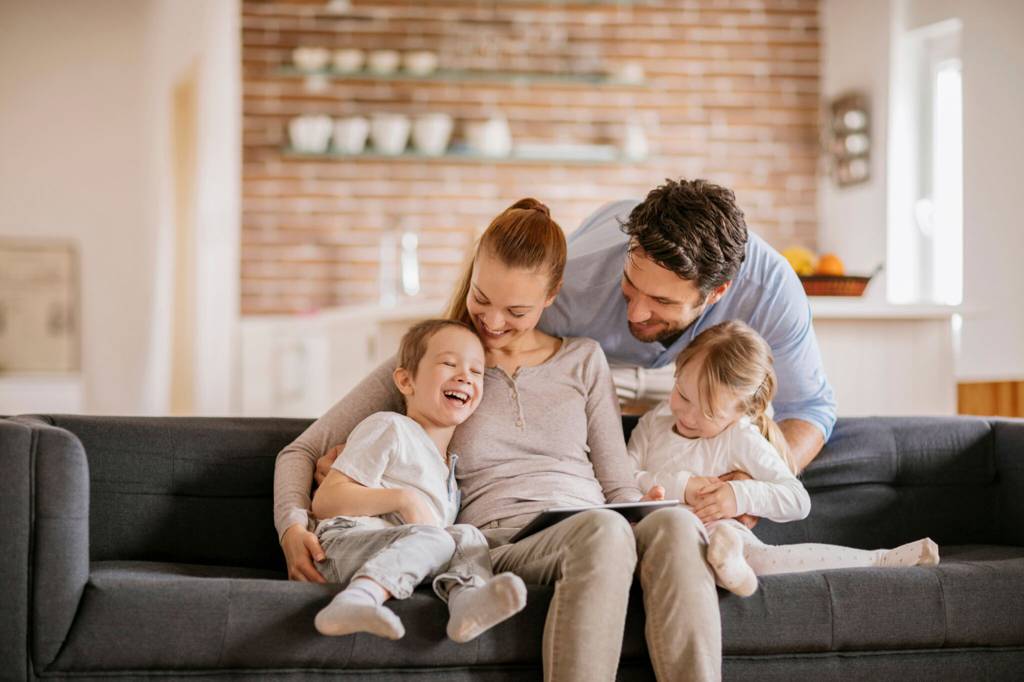Real estate process
buying
Selling
- Detailed Selling Process
-
Increasing your home’s salability
Increasing your home’s salability depends to a large extent on creating favorable and lasting impressions with prospective buyers which means paying special attention to cosmetic fix-ups to the interior and exterior of your house.
Exterior/Curb Appeal
Here’s a short list of some of the things that sellers can do to increase their property’s curb appeal and make it more attractive to potential buyers:
- trim lawns and shrubs; plant brightly blooming flowers along walkways to make the property more eye-catching; ensure that the lawn, driveway and walkway are free of weeds
- patio and/or walkway stones and steps are well-connected and stable
- walks and steps are shoveled and sanded in winter
- make sure there are no holes and cracks in the driveway and walkway and that oil stains in the driveway have been cleaned up
- review exterior paint
- check to see that the roof is in decent condition
Interior
Here are some relatively inexpensive ways to make your rooms more attractive:
- deep clean or lay new carpet;
- hang new wallpaper or apply a fresh coat of paint – choose neutral colors, which appeal to more people and make rooms look more open and larger;
- hang a mirror or a picture on a blank wall;
- plaster cracked walls;
- use plants and greenery to create a warm atmosphere;
- cleanliness is key, rooms should be as fresh as possible;
- repair loose door knobs, sticking drawers, warped cabinet drawers, or dripping faucets;
- make sure that the toilets are in good running order;
- remove clutter in the basement, garage, and closets;
- storage is also very important. Clean out your attic, basement, and garage so that your storage and utility spaces may be displayed to their full advantage;
- turn on all the lights, especially after dark. A dark house feels cold to prospective buyers;
- if you can possibly be absent during open houses or house tours, do so.
- take the family pet with you or make arrangements to have the pet out of the house.
How to have a secure open house
Right before the open house, make a quick tour of the house with your sales representative to ensure that all your valuables – money, jewelry, small electronics, etc. – are safely secured and that everything is in order.
Be sure that your sales representative is using an electronic lockbox, and not a mechanical one. Electronic lockboxes are much safer than mechanical lockboxes and they track all the showings. With an electronic lockbox, only authorized keyholders will be able to access your home. In addition, your agent will receive notifications about when the lockbox was opened, the identity of those who accessed the property, how many times the listing was shown and how long each showing has lasted.
When the Open House is completed, another quick tour with the sales representative through the house will ensure that everything is in place. Make sure to include in your inspection windows and other points of entry.
Fixtures and chattels
Part of the listing process is to decide what you want to include in the sale of your home. Sellers often include things that would normally be considered chattels, such as drapes and appliances, in the sale of their homes, as an extra incentive to buyers. However, fixtures – things that are attached to the property, like light sockets, a hot tub or electric wall heaters – are considered part of the house and go with it. There may be special circumstances where something that might ordinarily be considered as a fixture is not included in the sale, but, if this is your intention, make sure that this is clearly stated in the listing agreement and, more importantly, in the agreement of purchase and sale. If exceptions are clearly stated in the listing, REALTORS® will point this out to prospective buyers before an offer to purchase is made.
If you want to make certain that you keep items which might fall into the gray area between chattel and fixture, store them away, so that no potential purchasers see them and insist that they be included in the sale.
Some items on the property, such as water heaters or water softeners, are often provided on a rental basis. If this is the case, you should exclude the items from the purchase price and the purchaser should be asked to assume the rental.
Items that are to be included should be described along with their location in or on the property.
Remember, if you have questions or concerns, talk to your REALTOR®. REALTORS® are trained professionals who will help guide you through the selling process.
This information is provided by the London and St. Thomas Association of REALTORS®. The information herein is believed to be accurate and timely, but no warranty as such is expressed or implied.
The Canadian Real Estate Association (CREA) also provides helpful steps for homebuyers. View CREA’s Homebuyers’ Road Map.


